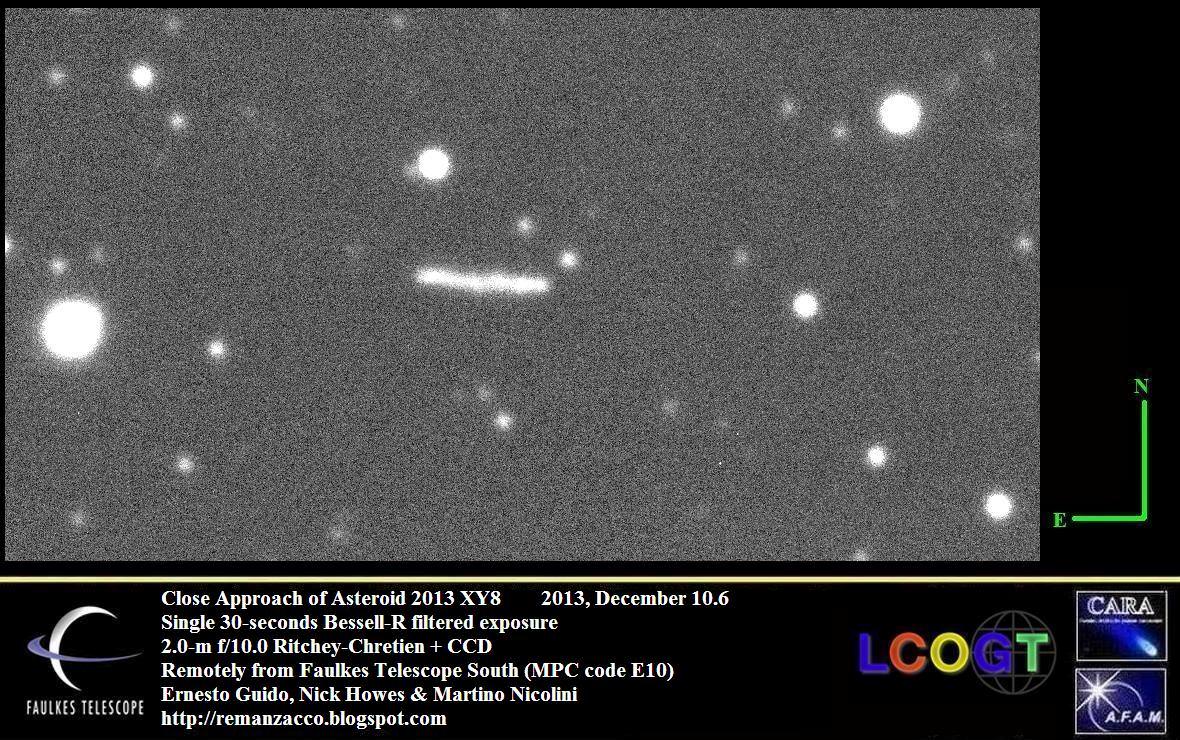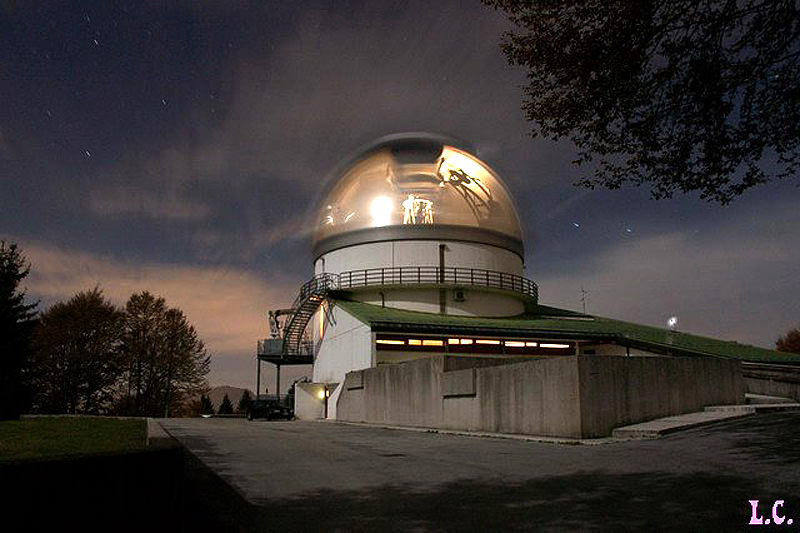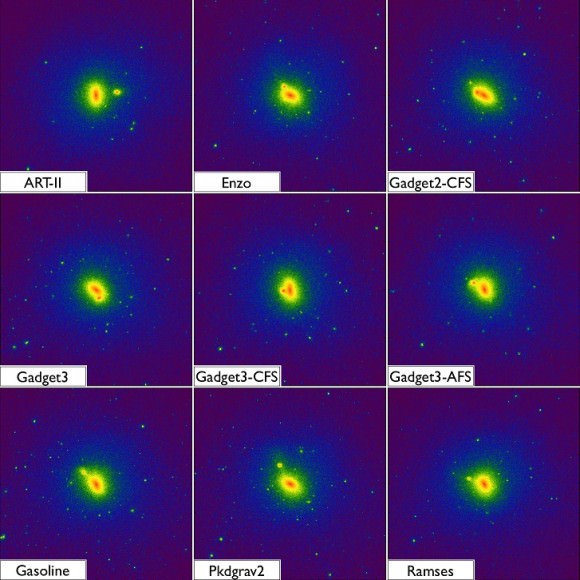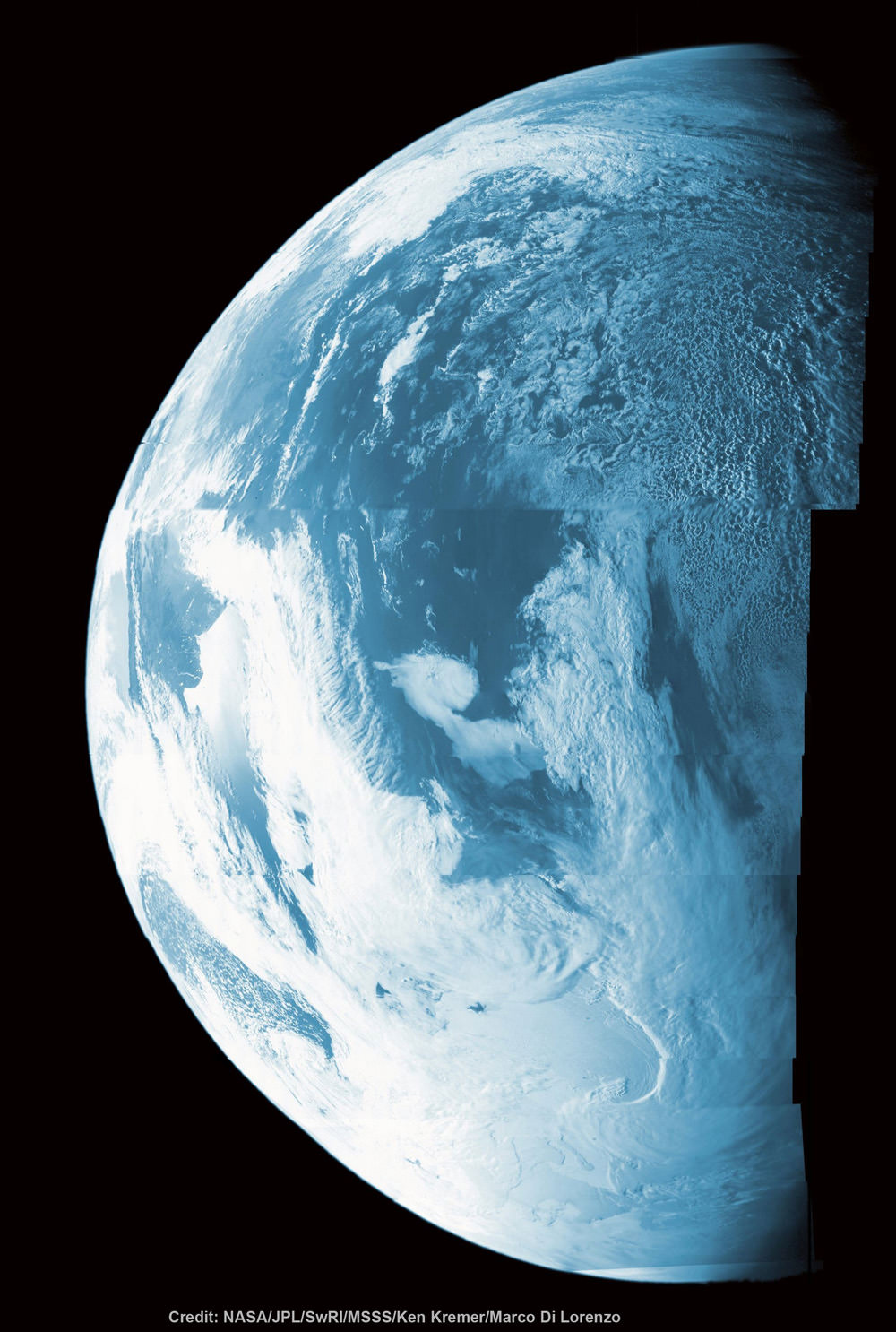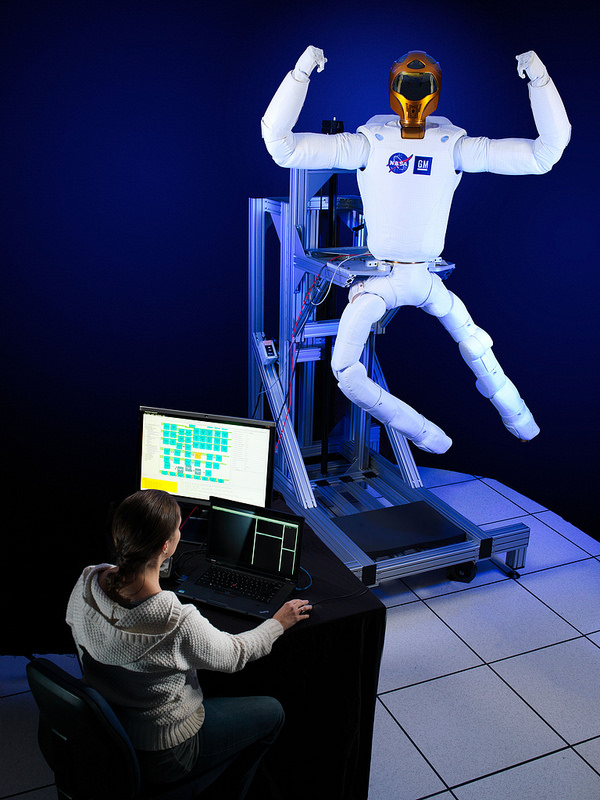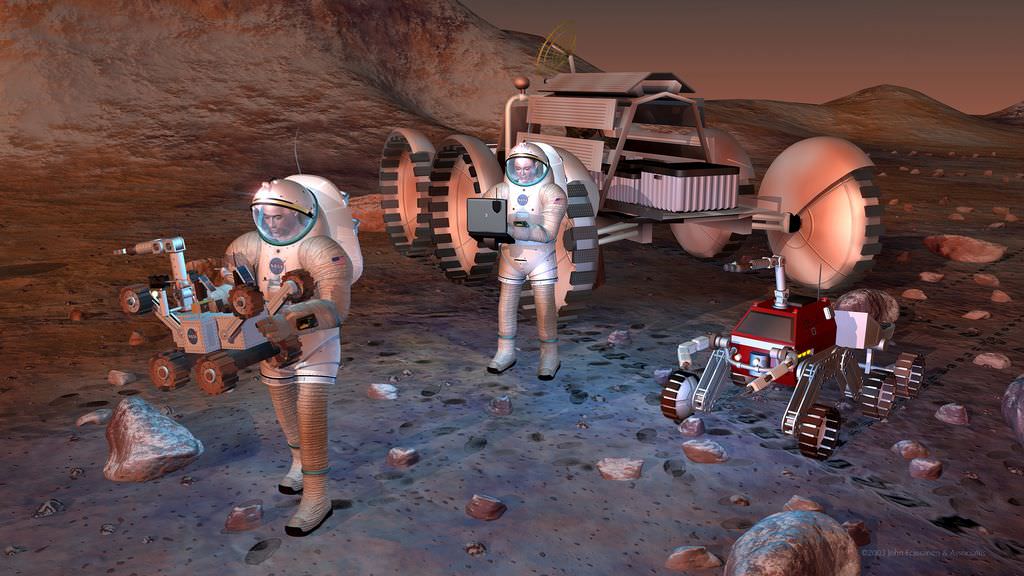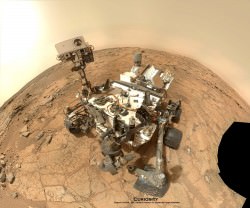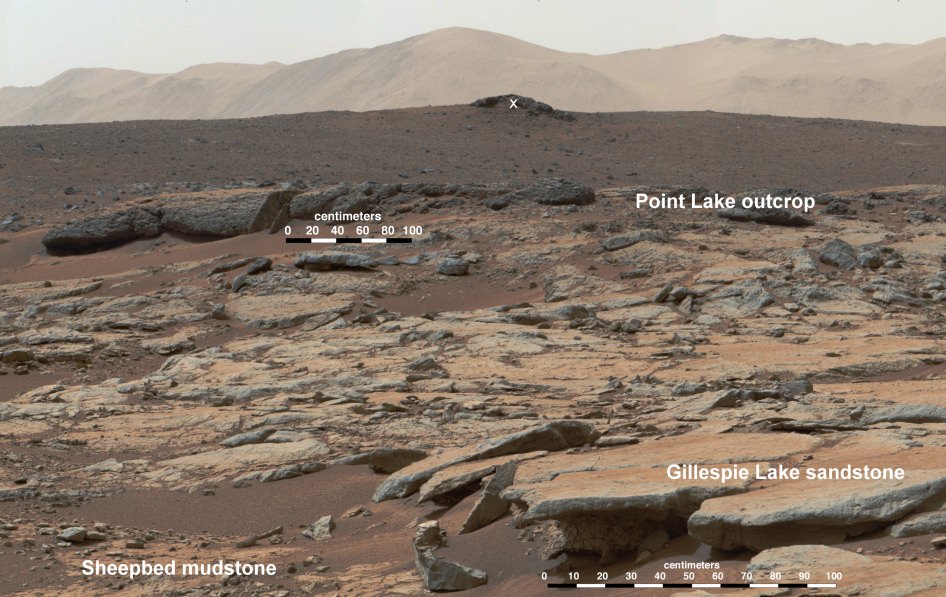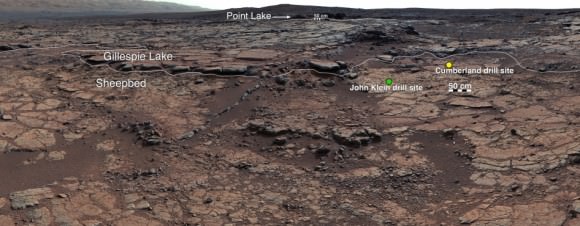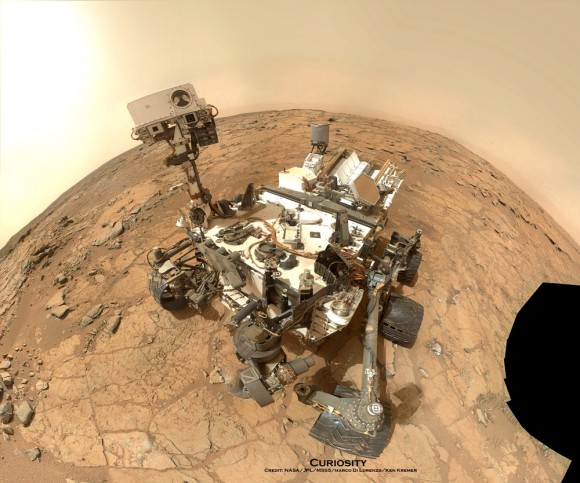The Mars One non-profit foundation that aims to establish a permanent human settlement on the Red Planet in the mid-2020’s – with colonists volunteering for a one-way trip – took a major step forward today, Dec. 10, when they announced plans to launch the first ever privately funded space missions to Mars in 2018; as forerunners to gather critical measurements.
Bas Lansdorp, Mars One Co-founder and CEO announced plans to launch two missions to the Red Planet in 2018 – consisting of a robotic lander and an orbiting communications satellite; essential for transmitting the data collected on the Red Planet’s surface.
And he has partnered with a pair of prestigious space companies to get started.
Lansdorp made the announcement at a news media briefing held today at the National Press Club in Washington, DC.
“This will be the first private mission to Mars and the lander’s successful arrival and operation will be a historic accomplishment,” said Lansdorp.
Lansdorp stated that Mars One has signed contracts with Lockheed Martin and Surrey Satellite Technology Ltd. (SSTL) to develop mission concept studies – both are leading aerospace companies with vast experience in building spacecraft.
The 2018 Mars One lander would be a technology demonstrator and include a scoop, cameras and an exotic solar array to boost power and longevity.
The spacecraft structure would be based on NASA’s highly successful 2007 Phoenix Mars lander – built by Lockheed Martin – which discovered and dug into water ice buried just inches beneath the topsoil in the northern polar regions of the Red Planet.
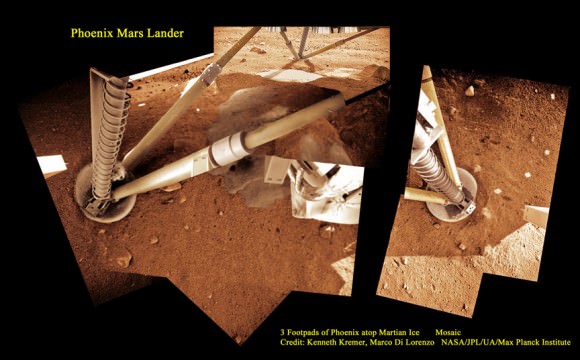
Phoenix thrusters blasted away Martian soil and exposed water ice. Proposed Mars One 2018 mission will build a new Phoenix-like lander from scratch to test technologies for extracting water into a useable form for future human colonists. NASA’s InSight 2016 mission will build a new Phoenix-like lander to peer deep into the Red Planet and investigate the nature and size of the mysterious Martian core. Credit: Ken Kremer, Marco Di Lorenzo, Phoenix Mission, NASA/JPL/UA/Max Planck Institute
“We are excited to have been selected by Mars One for this ambitious project and we’re already working on the mission concept study, starting with the proven design of Phoenix,” said Ed Sedivy, Civil Space chief engineer at Lockheed Martin Space Systems. “Having managed the Phoenix spacecraft development, I can tell you, landing on Mars is challenging and a thrill and this is going to be a very exciting mission.”
Lockheed Martin engineers will work for the next 3 to 4 months to study mission concepts as well as how to stack the orbiter and lander on the launcher,” Sedivy said at the briefing.
“The lander will provide proof of concept for some of the technologies that are important for a permanent human settlement on Mars,” said Lansdorp.
Two examples involve experiments to extract water into a usable form and construction of a thin film solar array to provide additional power to the spacecraft and eventual human colonists.
It would include a Phoenix like scoop to collect soils for the water extraction experiment and cameras for continuous video recording transmitted by the accompanying orbiter.
Lockheed Martin is already under contract to build another Phoenix type lander for NASA that is slated to blastoff in 2016 on the InSight mission.
“They have a distinct legacy of participating in nearly every NASA mission to Mars,” said Lansdorp.
So if sufficient funding is found it seems apparent that lander construction should be accomplished in time.
However, building the science instruments from scratch to meet the tight timeline could be quite challenging.
Given that the lander is planned to launch in barely over four years, I asked Sedivy if that was sufficient time to select, design and develop the new science instruments planned for the 2018 mission.
“A typical life cycle for the Mars program provides three and a half years from commitment to design to launch. So we have about 1 year to commit to preliminary design for the 2018 launch, so that’s favorable,” Sedivy told Universe Today.
“Now as for having enough time for selecting the suite of science experiments that’s a little trickier. It depends on what’s actually selected and the maturity of those elements selected.”
“So we will provide Mars One with input as to where we see the development risks. And we’ll help guide the instrument selections to have a high probability that they will be ready in time for the 2018 launch window,” Sedivy told me.
Video caption: Mars One Crowdfunding Campaign 2018 Mars Mission
For the 2018 lander, Mars One also plans to include an experiment from a worldwide university challenge and items from several Science, Technology, Engineering and Math (STEM) challenge winners.
Surrey Satellite Technology Ltd. (SSTL) was selected to studying orbiter concepts that will provide a high bandwidth communications system in a Mars synchronous orbit and will be used to relay data and a live video feed from the lander on the surface of Mars back to Earth, according to Sir Martin Sweeting, Executive Chairman of SSTL.
There are still many unknowns at this stage including the sources for all the significant funding required by Mars One to transform their concepts into actual flight hardware.
“Crowdfunding and crowdsourcing activities are important means to do that,” said Lansdorp.
At the briefing, Lansdorp stated that Mars One has started an Indiegogo crowdfunding campaign. The goal is to raise $400,000 by Jan. 25, 2014.
Link to – Indiegogo Mars One campaign
Mars One is looking for sponsors and partners. They also plan a TV show to help select the winners of the first human crew to Mars from over 200,000 applicants from countries spread all across Earth.
The preliminary 2018 mission study contracts with Lockheed and Surrey are valued at $260,000 and $80,000 respectively.
Stay tuned here for Ken’s continuing Curiosity, Chang’e 3, LADEE, MAVEN and MOM news and his upcoming Antares launch reports from on site at NASA Wallops Flight Facility, VA.
…………….
Learn more about Mars, Curiosity, Orion, MAVEN, MOM, Mars rovers, Antares Launch, Chang’e 3, SpaceX and more at Ken’s upcoming presentations
Dec 11: “Curiosity, MAVEN and the Search for Life on Mars”, “LADEE & Antares ISS Launches from Virginia”, Rittenhouse Astronomical Society, Franklin Institute, Phila, PA, 8 PM
Dec 15-20: “Antares/Cygnus ISS Rocket Launch from Virginia”; Rodeway Inn, Chincoteague, VA, evening


